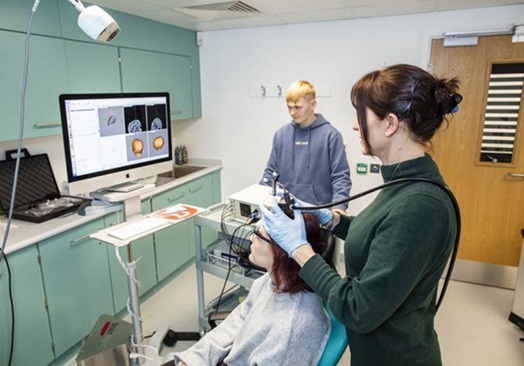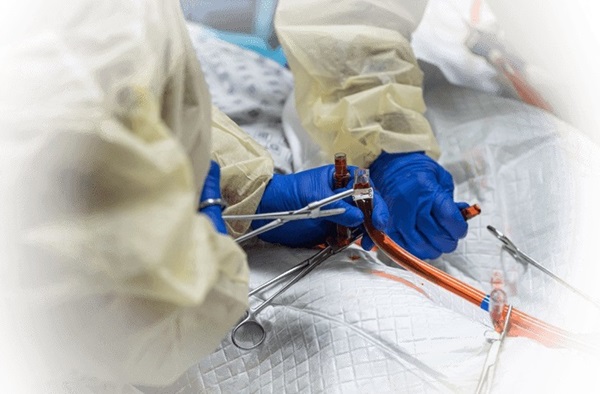Super-Resolution Imaging Technique Could Improve Evaluation of Cardiac Conditions
Posted on 13 May 2024
The heart depends on efficient blood circulation to pump blood throughout the body, delivering oxygen to tissues and removing carbon dioxide and waste. Yet, when heart vessels are damaged, it can disrupt normal blood flow, possibly leading to tissue damage and subsequent heart failure. A new imaging technique, now being tested on patients, could improve the assessment of cardiac conditions and undiagnosed chest pain.
Researchers from Imperial College London (London, UK) managed to capture sub-millimeter resolution images of cardiac micro-vessels, marking a significant advancement over current technologies that mainly visualize larger vessels on the heart’s surface. This innovative technique could allow for a more detailed study of heart physiology by imaging the smaller micro-vessels within the heart muscle. This advancement has the potential to improve clinicians' understanding of the role these vessels play in cardiovascular diseases such as microvascular coronary disease and cardiomyopathies, as well as in cases of undiagnosed chest pain. The technique was tested on four patients suffering from hypertrophic cardiomyopathy (HCM)—a condition characterized by abnormally thickened heart chamber walls and reduced blood flow.

For testing the technique, the team employed ultrasounds and microbubbles—tiny, gas-filled bubbles that help differentiate between internal structures in medical imaging—to visualize the microvascular structure and flow dynamics within the patients' hearts at super-resolution. The small size of the micro-vessels, coupled with the rapid motion of the heart, presents a significant challenge in achieving clear images, especially at resolutions finer than a millimeter. This technique could significantly aid in assessing various cardiac conditions. For instance, it could help clinicians visualize structural abnormalities in patients with microvascular coronary disease and cardiomyopathies, potentially leading to more accurate diagnoses and improved treatment outcomes.
“Visualizing cardiac vessels is crucial for managing cardiovascular diseases, but there is a lack of understanding of how the blood flows within the small vessels of the heart. Our study images these vessels non-invasively in the highest resolution which, following further research, could help clinicians to manage these diseases,” said Professor Mengxing Tang from Imperial College London. “This is the first time we demonstrated it is possible to image these vessels in such resolution, which has never been done before in humans. This has opened up a wide range of opportunities to study heart physiology and observe different diseases and conditions non-invasively and safely.”
Related Links:
Imperial College London














